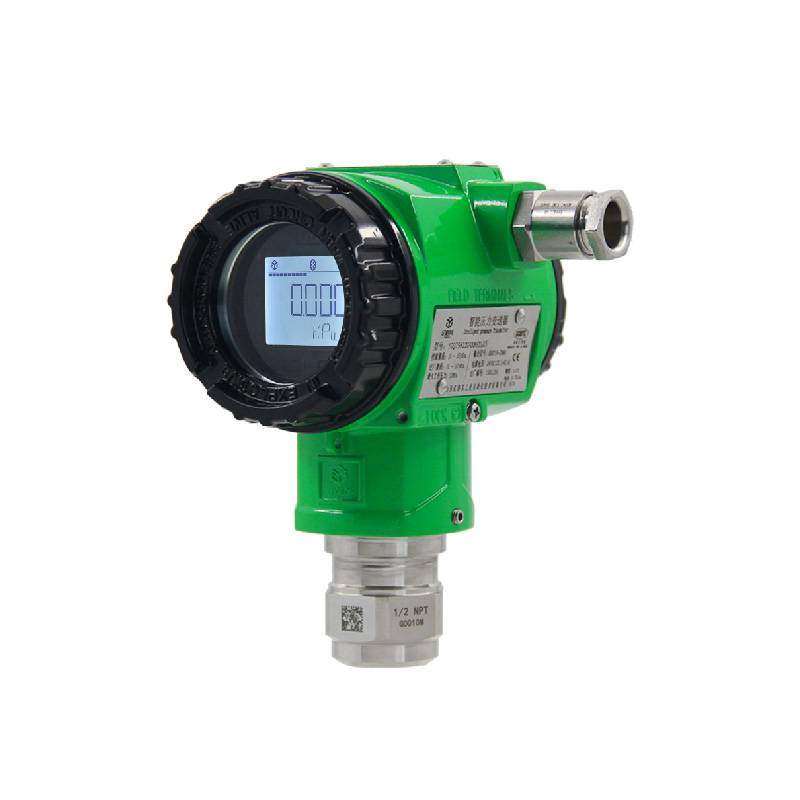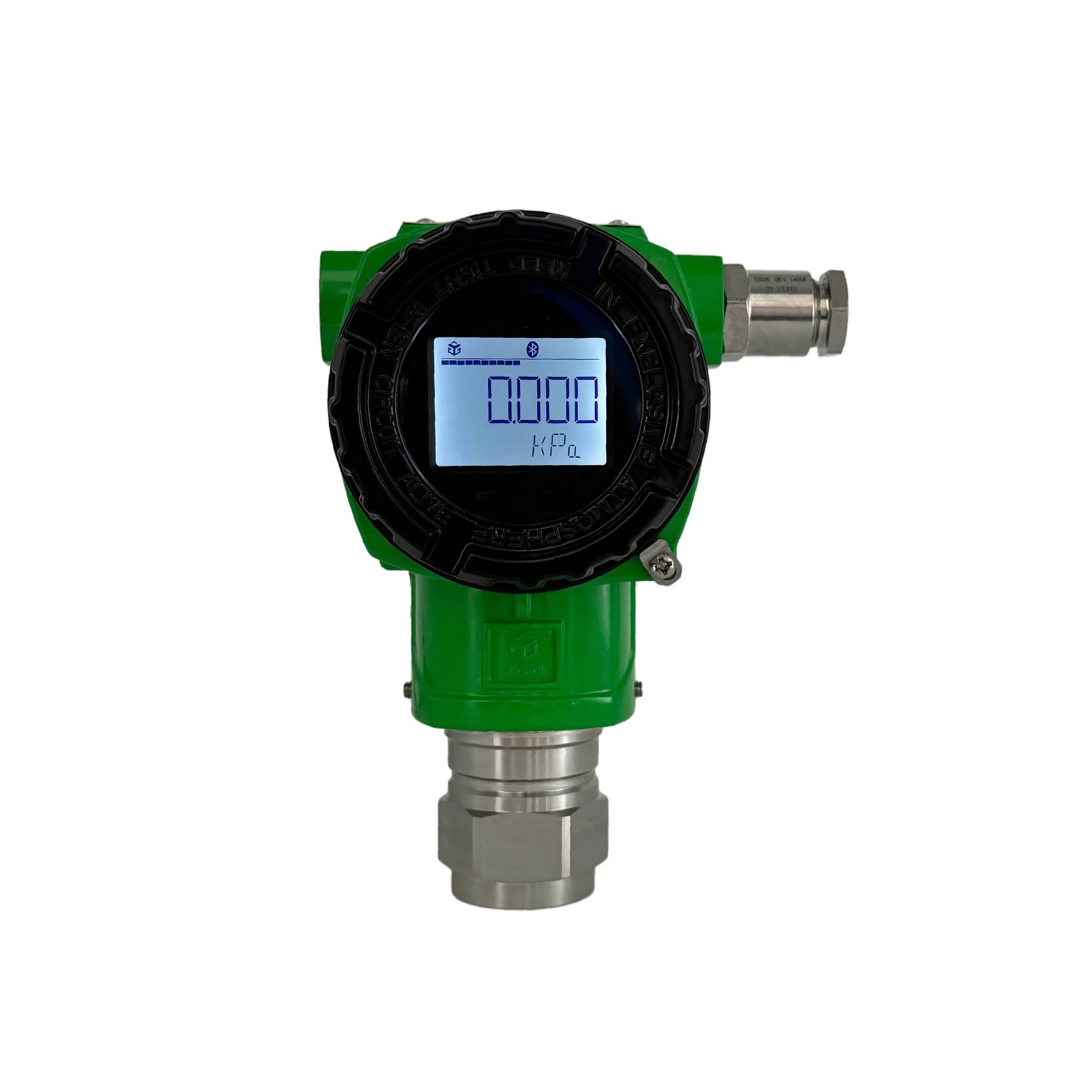In the industrial field, pressure transmitters play a crucial role. They serve as detection tools in production, especially in monitoring essential operational data such as pressure, flow rate, liquid level, and differential pressure in industrial processes. They hold significant application value and form the technical foundation for industrial automation control. With the development of bus technology and industrial process control manufacturing technology in related fields, pressure transmitters have been widely applied in industrial production.
So, how do you choose a pressure transmitter that suits your needs? This is a question worth exploring in depth.

Measurement Pressure Type
Pressure transmitters mainly include gauge pressure, absolute pressure, and differential pressure types. Gauge pressure is referenced to atmospheric pressure, being either less than or greater than atmospheric pressure; absolute pressure is referenced to absolute zero pressure, being higher than absolute pressure; and differential pressure is the difference between two pressures. Different pressure types require the selection of corresponding transmitters, for example, an absolute pressure transmitter might be chosen for use in high-altitude areas or high-precision measurement scenarios; relative pressure transmitters are commonly used for measuring the pressure of gases and liquids; and differential pressure transmitters are suitable for applications such as measuring the flow of gases and liquids, or monitoring filter blockages.
Measured Pressure Range
Under normal circumstances, the pressure transmitter is selected with the actual measured pressure as 80% of the measurement range. At the same time, the maximum pressure of the system should be considered, and the maximum value of the pressure range of the pressure transmitter should usually reach 1.5 times the maximum pressure value of the system. In some water pressure and process control applications, there may be pressure spikes that can reach 5 times or even 10 times the “maximum” pressure, which could damage the transmitter. Continuous high-pressure pulses may also shorten the useful life of the transmitter. A buffer can be used in the system to attenuate spikes, but this will reduce the response speed of the sensor. When selecting a transmitter, a balance must be found between system performance and transmitter life.
Measured Medium
The choice of pressure transmitter depends on the measured medium. It can be categorized into various types such as dry gases, gas-liquid mixtures, highly corrosive liquids, viscous liquids, and high-temperature gas-liquid mixtures. If the measured medium does not corrode 316 stainless steel, most pressure transmitters can be used. However, if there is corrosion, chemical seals or compatible materials can be employed to extend the service life of the transmitter.
System Maximum Overload
The maximum system overload should be less than the overload protection limit of the pressure transmitter, which is typically 2 times the full scale of the transmitter. Otherwise, it may affect the service life of the transmitter or even damage it.
Accuracy Level
Transmitters are classified into different accuracy levels based on their measurement errors, with each level corresponding to a specific basic error limit (expressed as a percentage of full-scale output). In practical applications, the selection of a transmitter with a different accuracy level should be based on the requirements for controlling measurement errors and the principle of economic use.
System Operating Temperature Range
The temperature of the measured medium should be within the operating temperature range of the pressure transmitter. If used beyond the specified temperature range, it can lead to larger measurement errors and affect the service life of the transmitter. In high-temperature applications, it may be necessary to consider using a high-temperature pressure transmitter or implement auxiliary cooling measures such as condenser tubes or heat sinks.
Compatibility of Measured Medium with Contact Material
For corrosive measurement media, it is necessary to choose compatible materials or undergo special processing techniques. Typically, the material in contact with the medium in a pressure transmitter is 316 stainless steel. If the measured medium is corrosive to this material, chemical sealing or other methods can be used.
Pressure Connection Formats
The standard interface form is usually threaded connection.
Power supply and output signal
Select DC power supply and different output signals as required, such as 4~20mA.DC, 0~5V.DC, etc. Different output signals are suitable for different application scenarios and should be chosen based on actual conditions.
Field working environment conditions
Consider whether there are factors such as vibration and electromagnetic interference. If vibration is present in the field, it is necessary to install vibration-damping and mounting devices for the transmitter; if electromagnetic interference exists, a transmitter with strong anti-interference capabilities can be chosen, such as a transmitter using 4~20mA.DC two-wire system signal transmission. Provide relevant information for model selection to ensure that the transmitter works stably and reliably in the field environment.

In summary, only by considering all factors comprehensively can one choose a pressure transmitter that suits their needs and meets various measurement requirements in the industrial field.


